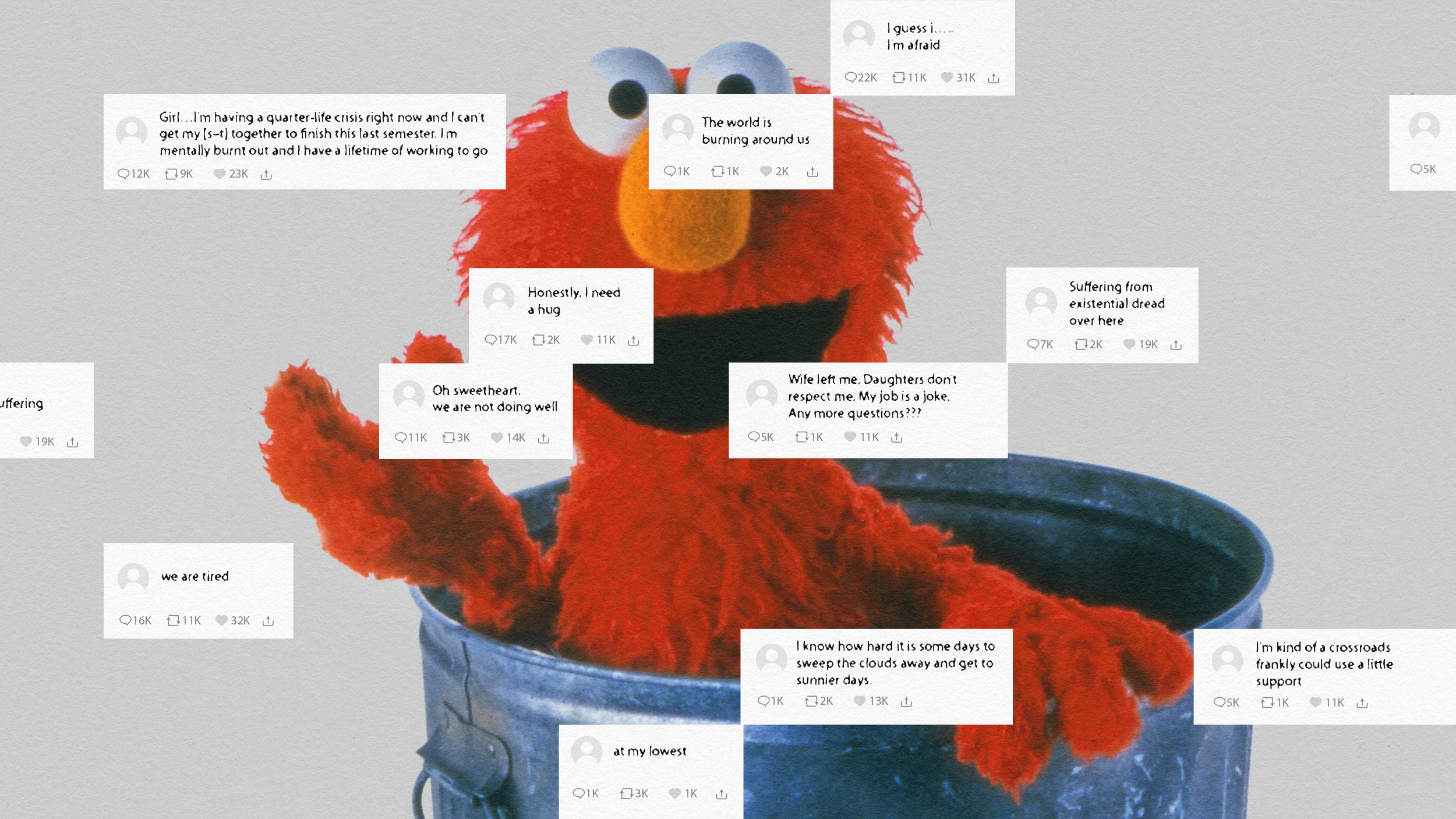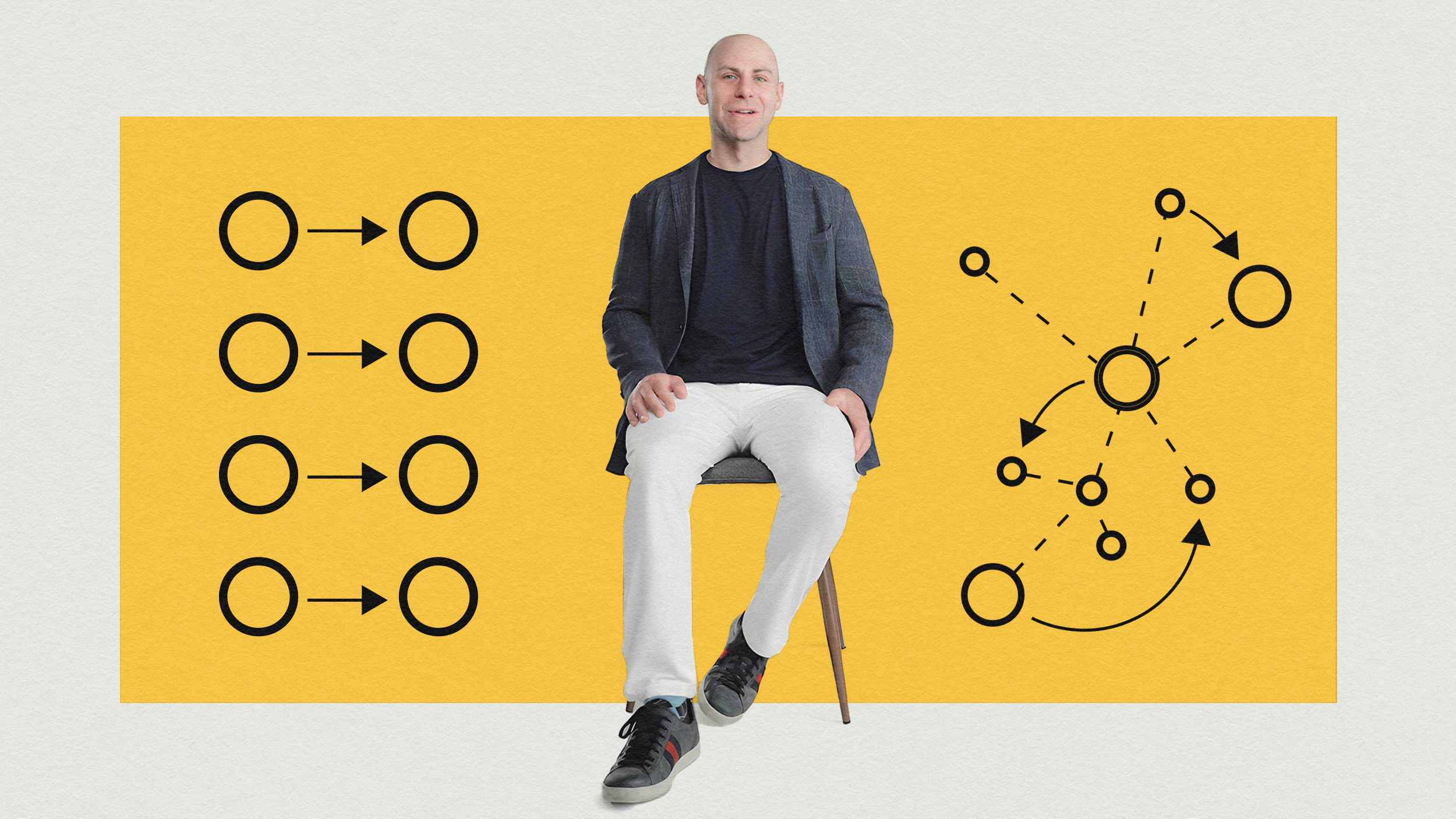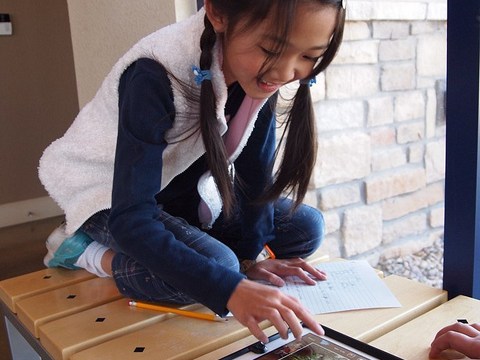The Start-Up of You: Living in Permanent Beta

Big Think’s “Book of the Month” for March is The Start-Up of You, by Reid Hoffman and Ben Casnocha. For a quick overview and outline of their new ingredients for success, check out our original post on the book here. While most readers are familiar with Mr. Hoffman, the founder of LinkedIn and partner at Greylock Capital, his co-author Mr. Casnocha is more of an up-and-comer.
Taking a more unconventional route than Reid, Casnocha found start-up success as a kid in high school, leading to his first book My Start-Up Life: What a (Very) Young Entrepreneur Learned On His Journey Through Silicon Valley. He has since been very active in The Bay Area, co-founding the Silicon Valley Junto: an intellectual salon for Silicon Valley executives to congregate and freely wax philosophic.
Casnocha is also an avid traveller and learner, and uses his blog to compartmentalize all of the things he’s inspired by through the process. He refers to his blog as one about “entrepreneurship, books, current affairs, and intellectual life” – and the entire foundation of the site resembles lessons found in The Start-Up of You. Big Think got a chance to speak with Ben and ask him some questions about the book, and how he is currently implementing some of his own strategies for success.
Big Think: The Start-Up of You introduces us to an important equation for success: I^we, which essentially suggests that an individuals success is directly tied to the strength of his or her network. You seem to be the perfect model for this equation, can you tell us how you have cultivated so many important relationships? How did you meet Reid Hoffman and land the opportunity to write this book with him?
Ben Casnocha: I to the We means that both the individual’s effort and the power of the network matter, and they work in tandem. Someone with no skill (broadly defined) won’t get very far, no matter how strong the network. Similarly, someone with lots of skill but a weak network won’t realize his or her fullest potential. So, you need both. Myself, I build relationships because I like people. And I enjoy helping people, and being helped. I’m also fairly disciplined about staying in touch with folks over a long period of time.
With Reid specifically, we had a light relationship before working on the book. We enjoyed each other’s company, but for this specific project, we were ideal partners in terms of our complementary skill set and resources. The pre-existing relationship provided a base level of trust, but it was my unique combination of assets in both the entrepreneurship and writing worlds that made me the right fit to work with him on the project professionally. That’s an often overlooked point when people talk about “networking”: it has to be a relationship plus capabilities.
Big Think:If you had to start from scratch with no network or credentials, how would you bootstrap your success in 2012?
Ben Casnocha: Develop a network and credentials!
Big Think: How have you incorporated ABZ Planning in your own life? What can you tell us about your current A, B, and Z plans, and how have your goals evolved over the last couple of years?
Ben Casnocha: I’m less a planner than some. So I always have multiple Plan B’s in mind. My current Plan A is to get the word out about the new book and about career strategy more generally. There are a couple Plan B’s around how to do that — i.e. other formats or routes beyond a book to spread the ideas. Sometimes Plan B can have the same desired outcome, but a different path for getting there. I also have a couple Plan B’s that are separate and apart from the book — e.g. start another company. Plan Z is to get a “normal” job somewhere.
Big Think: I really liked how you incorporated Nassim Taleb’s Black Swan Theory into assessing the day and age we live in to manage and take intelligent risks. As our technology and innovation continue to increase exponentially, and industries continue to become more and more volatile, what are some of the key skills everyone should have in their toolkit?
Ben Casnocha: What we suggest is that people proactively take on some risk in the short term to make themselves more resilient to long term disruptions. Taking on short term risk can involve switching jobs, joining new groups / associations in the area, launching a personal blog, running an experiment within your existing job (e.g. volunteering for additional work). These are some practical ways to inject volatility into your life, and thus some risk. There are also a set of conceptual frameworks that are useful, which we detail in the book.
Big Think:This book reads like the generalist’s guide to finding success through utilizing the resources of Web 2.0 and Social-Media. However, both you and co-author Reid Hoffman are much more than well-networked, successful individuals. At the end of the day, both of you are seem to essentially be super curious and motivated intellectuals. What are some themes or ideas that are really exciting to you as mankind moves forward into the land of the unknown?
Ben Casnocha: One theme that fascinates me is cognitive enhancement. It seems only a matter of time until we live in a world where steroids for the brain are readily available to all. And once we come to grips with that reality, I suspect the debate over the ethics will be much more heated than the debate over steroids in baseball or any other sport, where the use is limited to a select group of freakish athletes. What happens when I can take a few pills that make me smarter in every way and thus do better on tests or projects and thus make more money and advance faster than someone who chose not to take the pill (for unknown health risks) or who couldn’t afford the pill?





